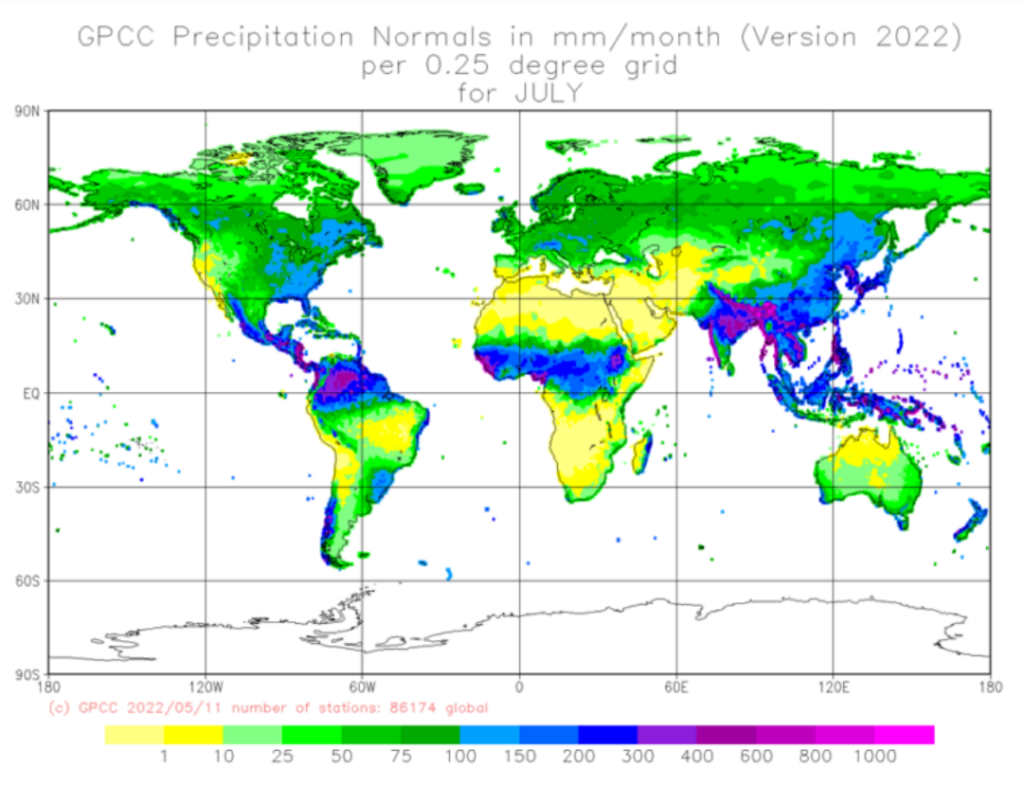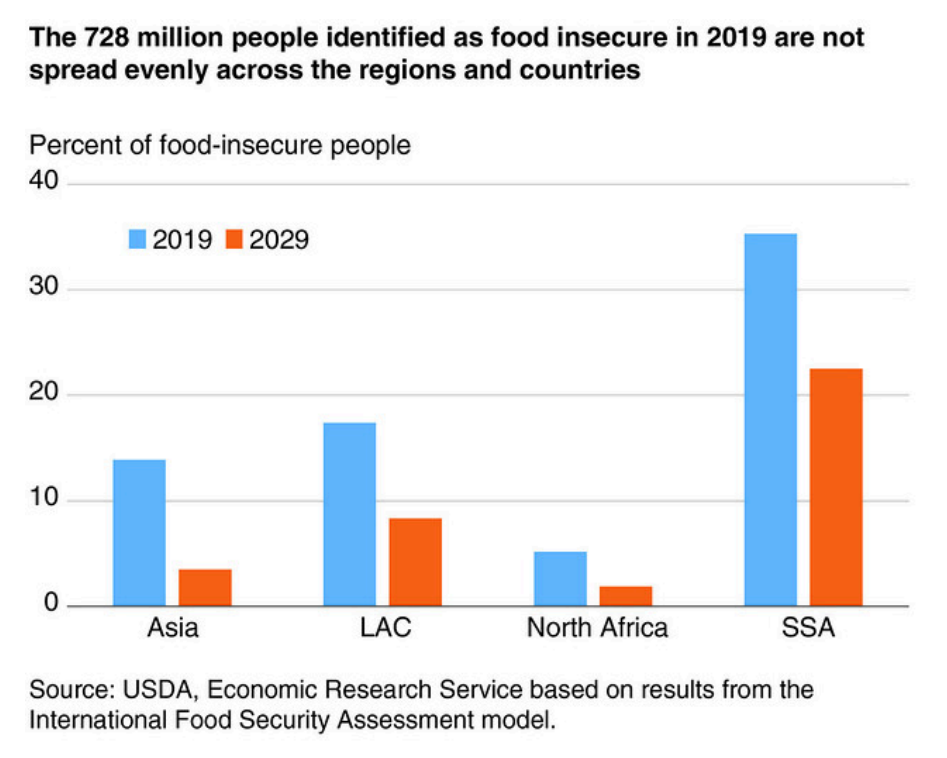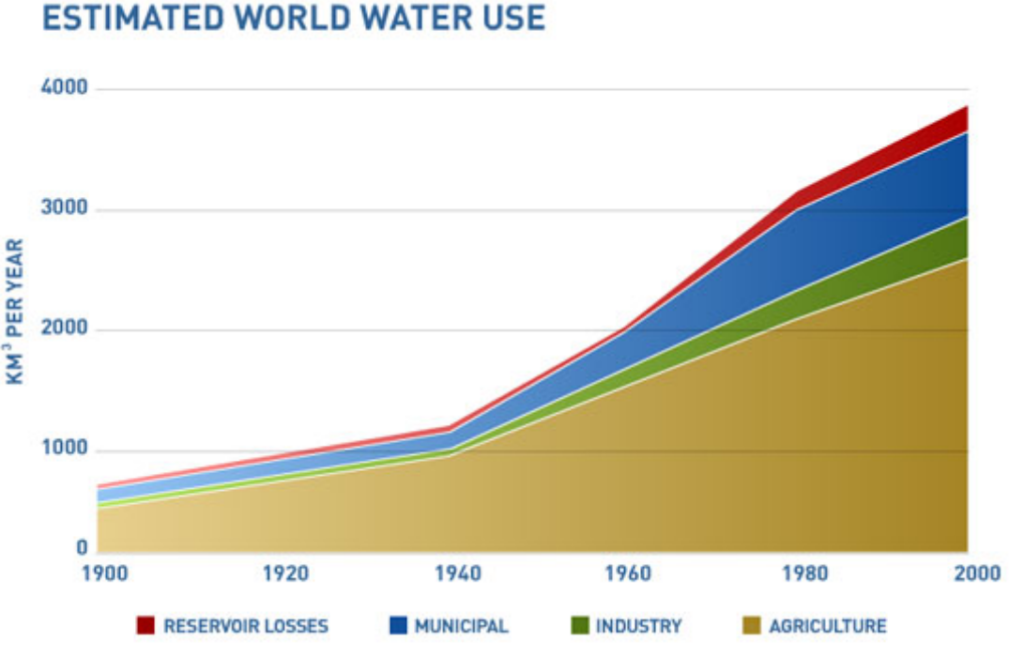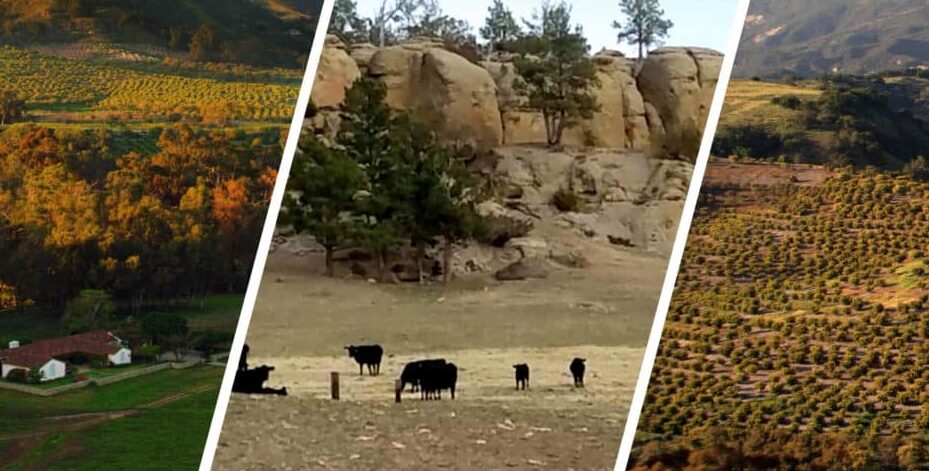Introduction
Nowadays, with the advancement of technology and the expansion of communications, countries are closer to each other, which leads to an awareness of each other’s challenges and the provision of solutions for their own and other countries’ challenges. One such solution is the concept of farming beyond borders, which offers a strategic solution to global agricultural challenges. This approach diversifies food sources, increases food security, optimizes the use of natural resources, and utilizes geographical and climatic diversity to improve resilience to climate change and enhance sustainability.
This article examines the advantages of international agriculture, from climate resilience and risk management, where diverse climates help mitigate environmental concerns, to increasing the global food supply and stabilizing food prices. It also explores efficient water management practices that contribute to the sustainable use of water on a global scale and identifies optimal regions for farming beyond borders, such as sub-Saharan Africa, Southeast Asia, and Latin and South America, which offer unique benefits.
Climate Resilience and Risk Management
To withstand the unpredictable nature of climate change, diversifying geographical risk through international agricultural investments emerges as a key strategy. The idea is simple yet powerful: by expanding agricultural activities across different climatic regions, a country can mitigate the impact of adverse weather conditions in any one location.
Reducing the Effects of Global Climate Change
Investing in international agricultural projects not only enhances food security but also mitigates the effects of climate change. By choosing agricultural locations in regions less affected by severe climate changes, countries can achieve greater resilience. This resilience means the ability of agricultural systems to adapt to environmental changes and maintain sustainable production in the face of unpredictable and adverse conditions. Thus, even with the increasing phenomenon of global warming, these countries will be able to sustain their agricultural production and contribute to global food security.
Through international agricultural investments, countries can collaborate, harness environmental diversity, and adopt a cooperative approach to tackle climate challenges, ensuring resources for current and future generations.
For example, the Netherlands, known for its advanced agricultural techniques, invests in global agricultural projects such as potato farming in Kenya. By introducing potato varieties resistant to Kenya’s changing climate, the Netherlands increases local food stability and reduces the pressure on its own domestic production. This process involves research and development on potato genetics, optimizing cultivation methods, and using appropriate irrigation techniques suited to Kenya’s specific conditions, helping plants withstand harsh environmental conditions. This initiative not only enhances Kenya’s agricultural productivity but also diversifies the Netherlands’ agricultural portfolio, reduces climate-related risks, and contributes to a more resilient global food system. This example demonstrates the benefits of strategic international agriculture in adapting to and mitigating the effects of global climate change.

Rainfall Chart in Different Regions of the World

Increasing Food Security through International Agriculture
International agricultural methods, where countries engage in agricultural activities beyond their borders, significantly enhance food security. By cultivating crops in various geographical regions, countries can protect against the failure of a crop or region due to pests, diseases, or weather-related disasters. This geographical diversity also allows countries to grow crops suited to different climates, thereby optimizing yields and ensuring a continuous supply of food.
Furthermore, international agriculture enables countries to exploit seasonal variations in different regions, allowing for multiple harvests in a single year. This not only increases overall food production but also stabilizes food prices and supply, making food more accessible to a larger population. Source: Food and Agriculture Organization (FAO), article “The Role of International Agriculture in Enhancing Global Food Security.”
For example, China’s approach to increasing food security through international agriculture is a prominent case. Over the past two decades, China has made significant investments in agricultural lands across Africa. This strategy not only ensures food production for its vast population but also supports agricultural development in Africa. By introducing advanced agricultural techniques and robust infrastructure, China has been able to increase agricultural productivity not only for itself but also for the local markets of African countries.
This initiative has led to increased yields of staple crops like rice and maize, which are vital both in Africa and China. It demonstrates how international agriculture can be mutually beneficial and enhance food security across borders. Source: Zhang, Li. “China’s Agricultural Investment in Africa: A Pathway to Global Food Security.” Journal of Global Economic Trends, 2021.
Chart of Food Security Percentage in Different Continents and Projections until 2029

By diversifying agricultural investments internationally, countries can protect against local agricultural risks and ensure a more reliable food supply, which is essential for global food security.” – Dr. Sara Lim, Agricultural Policy Expert.
Optimizing Water Use through International Agriculture
Engaging in agricultural activities beyond national borders allows countries to strategically position their agricultural operations in regions with optimal water resources. This involves selecting areas where water is more abundant and environmental conditions require less artificial irrigation, thereby reducing water-related crises in agricultural activities. Additionally, modern methods such as timing based on rates in the target country or over several years should be specified.
The transfer of technology associated with such international investments often includes advanced irrigation techniques like smart irrigation, pressure irrigation, and automated irrigation systems, which significantly increase water use efficiency. These methods contribute to better water resource management and reduce excessive water consumption. Source: International Water Management Institute. “Smart Water Agriculture: Innovations and Global Strategies.”
A Solution to Reducing Global Water Scarcity
By implementing agricultural practices in regions with low water consumption resources, countries can contribute to a balanced distribution of global water and reduce pressure on water-scarce areas. Low water consumption resources refer to areas that, despite water shortages, use efficient and advanced methods to optimize the utilization of available water. For example, regions like parts of Spain and Israel have successfully practiced agriculture with limited water resources using techniques such as drip irrigation, pressure irrigation, and water recycling.
These methods not only conserve water in areas where it is a critical concern but also promote a fairer use of global water resources. Such strategies are crucial as they address the dual challenges of water scarcity and food security, demonstrating that effective water management can lead to sustainability on a global scale. Source: Global Environmental Policy Forum. “Strategic Water Management in Agriculture: A Pathway to Global Sustainability.”
For example, Spain’s agricultural investments in Latin America serve as a model of effective water resource management in international agriculture. Spanish companies, leveraging their expertise in low-water agriculture, have implemented advanced water-saving technologies such as precision irrigation systems and water recycling methods in countries like Peru and Colombia. These technologies not only optimize water usage but also enable the cultivation of high-value crops in regions where water scarcity would otherwise hinder such agricultural activities. Source: Martínez, Alejandro. “Sustainable Water Use in Spain’s Overseas Agricultural Investments.” Journal of Global Agricultural Developments, 2022.
Water Consumption in Various Sectors Including Agriculture in Recent Years

Assessment of Suitable Areas and Their Characteristics
1. Sub-Saharan Africa

Sub-Saharan African countries are recognized as one of the prime regions for international agricultural investments due to their vast arable lands and suitable climatic conditions for various crops. This region enjoys a wide range of climates, from tropical to temperate, allowing for the cultivation of a diverse array of agricultural products. Additionally, the presence of multiple water sources and relatively untouched fertile soils offers significant opportunities for sustainable agricultural practices.
This type of agriculture, known as “transboundary agriculture,” allows for the production of high-quality and affordable crops needed by other countries, even supporting exports and agricultural dynamism.
The diverse agricultural zones in Sub-Saharan Africa make it ideal for growing a wide variety of crops. Staple crops such as maize, cassava, and sorghum, alongside crops like coffee, tea, and cocoa, thrive here. The region’s capacity for year-round cultivation allows for the production of nutritious crops crucial for both local and global food security.
One example of successful international agriculture in Sub-Saharan Africa is the investment of Brazilian agricultural companies in Mozambique. These companies have leveraged Mozambique’s rich soil and favorable climate to produce soybeans and sugar, utilizing advanced agricultural techniques and sustainable water management practices. These advanced techniques include the use of pressure irrigation systems, biological fertilizers, crop rotation, biological pest control, and modern agricultural machinery. This investment not only strengthens local agriculture but also significantly contributes to global food markets.
2. Southeast Asia

Southeast Asia offers a unique combination of tropical climate, abundant rainfall, and fertile soils, making it an ideal region for diverse agricultural activities. The region’s climate supports year-round cultivation, which is vital for continuous production and supply. The presence of major river deltas, such as the Mekong and Irrawaddy, provides abundant water resources and rich alluvial soils that are highly beneficial for growing rice and other water-intensive crops. Source: Southeast Asia Agricultural Development Office. “Climate and Soil Suitability for Agriculture in Southeast Asia.”
Agriculture in Southeast Asia is dominated by rice, which is a staple food in the region and a major global commodity. In addition to rice, the region is suitable for growing tropical fruits such as mangoes and bananas, as well as spices like pepper and cinnamon. These crops not only meet local food needs but also have significant export potential. Source: Food and Agriculture Organization (FAO). “Dietary and Economic Impact of Tropical Fruits and Spices in Southeast Asia.”
For example, a notable instance of successful international agriculture in Southeast Asia is the investment of Japanese companies in Vietnam’s agricultural sector. These companies have leveraged Vietnam’s rich soils and favorable climate to introduce advanced technologies and methods for high-quality rice and coffee cultivation, significantly boosting local production while ensuring environmental sustainability. Source: Nguyen, Minh. “Japan’s Investment in Vietnamese Agriculture: A Model for Success.” Asian Business Strategy Journal, 2022.
3. South and Latin America

Latin America and South America are characterized by their diverse ecosystems, ranging from rainforests to vast plains, offering a wide array of agricultural opportunities. The region benefits from rich and volcanic soils, particularly in the Andes mountains, which are ideal for high-yield crop cultivation. The climate varies from tropical to temperate, providing farmers the advantage of growing numerous crops throughout the year.
This region is renowned for producing coffee, soybeans, bananas, and other tropical fruits, which are significant parts of the local diet and major export commodities. Additionally, Latin America and South America are leading producers of quinoa and amaranth, both known for their high nutritional value. These grains are not only well-suited to the high-altitude conditions of the Andes but have also gained global popularity as nutritious food sources.
Conclusion
International agriculture is more than just a farming practice; it is a proactive approach towards global sustainability and climate resilience. By investing in agricultural activities in diverse geographical regions, countries like the Netherlands demonstrate how tailored agricultural initiatives can enhance food security, adapt to climate challenges, and reduce environmental impacts. Such actions not only support the involved regions but also contribute to a more stable and resilient global food system. This model of international cooperation and environmental stewardship represents a forward-thinking strategy that addresses the immediate challenges of climate change while ensuring a sustainable future for global agriculture.


